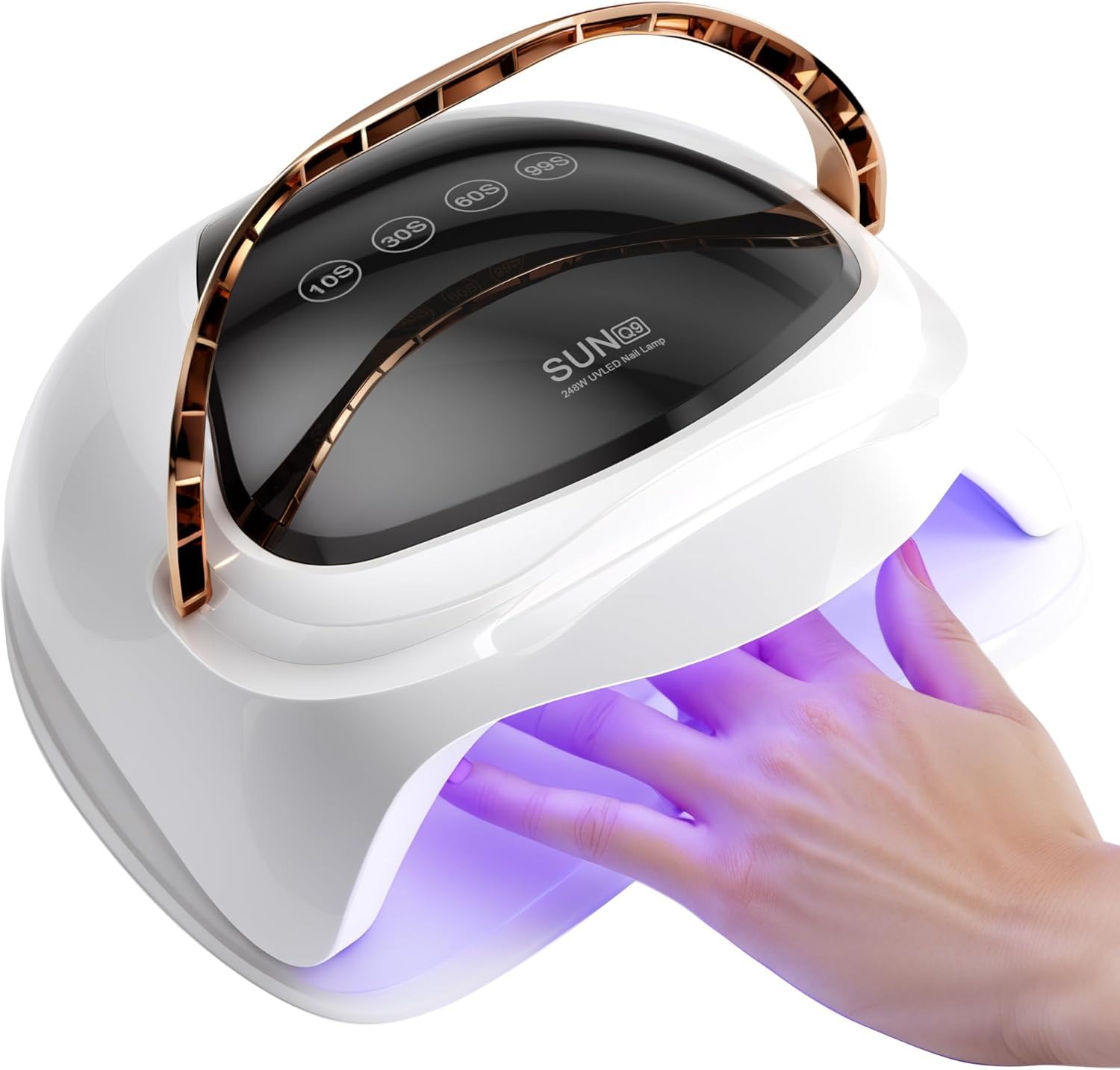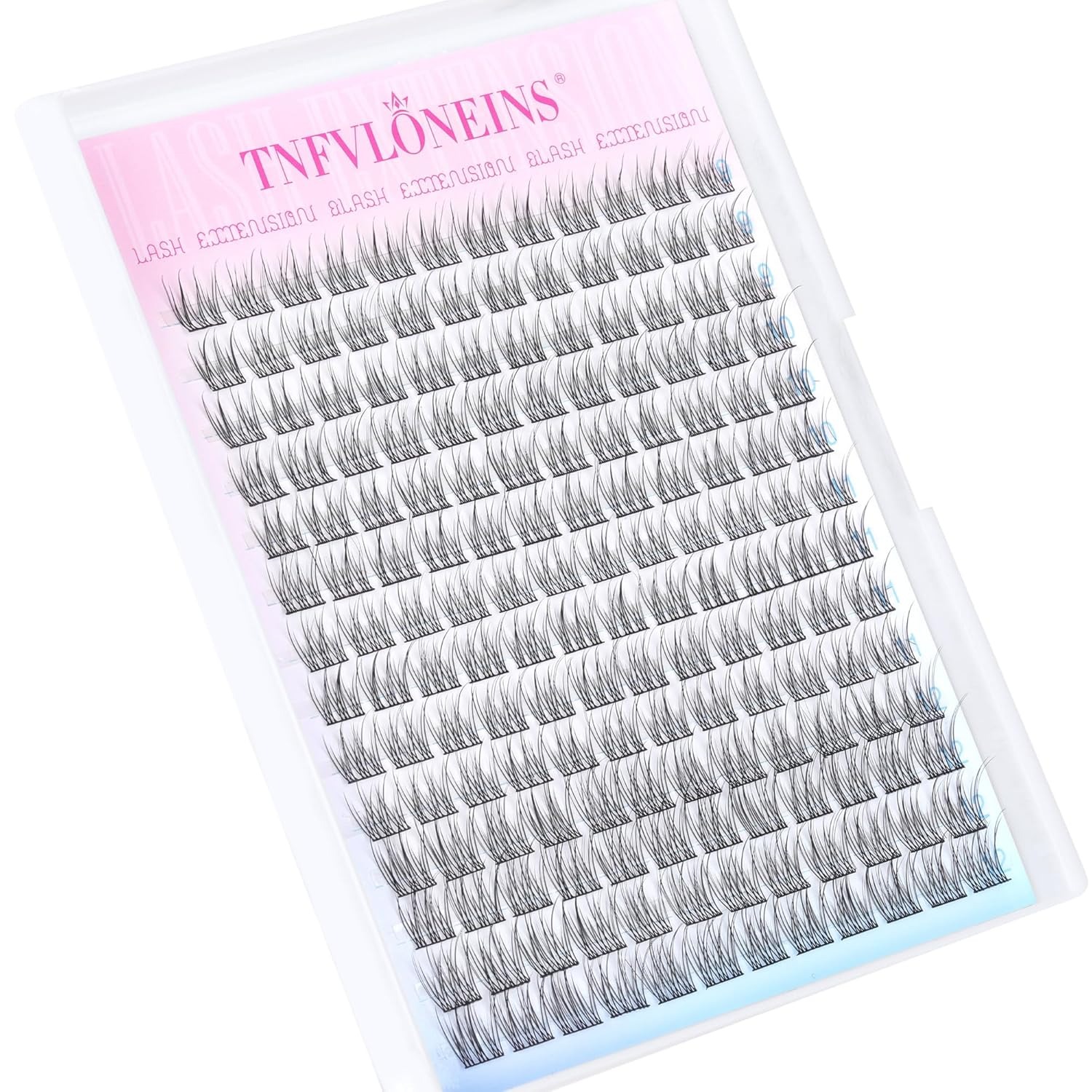Understanding Solar Nails: A Modern Twist on Acrylic Manicures
Solar nails have emerged as a popular alternative to traditional acrylic nails, offering a more natural look and longer-lasting results. This innovative nail enhancement technique combines the durability of acrylics with the appearance of a French manicure, creating a seamless and polished finish. Solar nails utilize a special type of acrylic powder that contains tiny particles of titanium dioxide, which gives them their characteristic pinkish hue and helps them blend more naturally with the wearer’s natural nail bed.
Unlike traditional acrylics, solar nails don’t require regular fill-ins, making them a low-maintenance option for those seeking a long-lasting manicure. The process involves applying the solar powder to the natural nail, shaping it, and then adding a white tip to create the French manicure look. This technique results in a stronger, more flexible nail enhancement that resists yellowing and maintains its appearance for weeks.

The History and Evolution of Solar Nails
The concept of solar nails originated in the 1990s as nail technicians sought to improve upon traditional acrylic nail techniques. The term “solar” doesn’t refer to any sun-related properties but rather to the brand name of the original product used to create this type of manicure. Over the years, the technique has been refined and improved, with various brands developing their own versions of solar nail products. The popularity of solar nails grew rapidly due to their natural appearance and durability, offering a solution for those who wanted the strength of acrylics without the artificial look. As the beauty industry evolved, so did solar nail technology, with advancements in formulations leading to even more realistic and long-lasting results. Today, solar nails have become a staple in many nail salons, appreciated by clients who desire a low-maintenance yet sophisticated manicure option.
The Science Behind Solar Nails: How They Work
Solar nails achieve their unique properties through a carefully formulated blend of acrylic powder and liquid monomer. The key ingredient that sets solar nails apart is titanium dioxide, a compound known for its light-scattering properties. When mixed with the acrylic powder, titanium dioxide creates a pinkish, slightly translucent appearance that mimics the natural nail bed. This optical effect helps to camouflage the transition between the natural nail and the enhancement, resulting in a more seamless look.
The acrylic mixture also contains polymers that provide strength and flexibility, allowing the solar nails to withstand daily wear and tear. As the nails cure, the polymers form a strong, cross-linked structure that resists chipping and breaking. The addition of UV stabilizers in the formulation helps prevent yellowing, ensuring that the nails maintain their fresh, natural appearance for an extended period. This combination of scientific innovation and aesthetic consideration makes solar nails a popular choice for those seeking a durable and attractive nail enhancement.

The Application Process: From Preparation to Finish
The application of solar nails requires skill and precision to achieve optimal results. The process begins with thorough nail preparation, including cleaning, shaping, and gently buffing the natural nail to create a suitable surface for adhesion. Next, a nail form or tip is applied to extend the length of the nail if desired. The nail technician then mixes the solar nail powder with a liquid monomer to create a workable consistency.
This mixture is carefully applied to the nail, starting from the cuticle area and working towards the tip. The technician shapes the solar nail, paying close attention to the apex (the highest point of the nail) to ensure proper structure and durability. For the French manicure look, a white powder is applied to create the tip. Once the desired shape and length are achieved, the nails are filed and buffed to a smooth finish. Finally, a top coat is applied to seal and protect the enhancement, resulting in a glossy, natural-looking manicure that can last for several weeks.
Benefits of Choosing Solar Nails Over Traditional Acrylics
Solar nails offer several advantages over traditional acrylic nails, making them an attractive option for many manicure enthusiasts. One of the primary benefits is their natural appearance. The pinkish hue of solar nails blends seamlessly with the natural nail bed, creating a more subtle and realistic look compared to the stark white of traditional acrylics. Solar nails also tend to be thinner and more flexible than regular acrylics, which can make them more comfortable to wear and less prone to lifting or breaking. Another significant advantage is their longevity.
Solar nails typically last longer between appointments, with many wearers reporting up to 3-4 weeks of wear without the need for fill-ins. This extended lifespan not only saves time but also reduces the frequency of chemical exposure associated with regular nail enhancements. Additionally, solar nails are less likely to yellow over time, maintaining their fresh, clean appearance throughout their wear. For those concerned about nail health, solar nails are often considered less damaging to the natural nail. As they require less filing and preparation compared to traditional acrylics.

Maintenance and Care: Keeping Your Solar Nails Looking Fresh
Proper maintenance is key to prolonging the life and appearance of solar nails. While they require less upkeep than traditional acrylics, some care is still necessary to keep them looking their best. Regular moisturizing of the cuticles and surrounding skin helps prevent dryness and maintain overall nail health. Wearing gloves when doing household chores or working with water can protect the nails from excessive moisture exposure, which can lead to lifting. It’s important to avoid using the nails as tools to open cans or scratch surfaces, as this can cause damage or breakage.
If a nail does break or lift, it’s best to seek professional repair rather than attempting a DIY fix. Which could compromise the integrity of the entire set. To maintain shine, a quick buff or application of a clear top coat every week or two can refresh the appearance of the nails. While solar nails are designed to last longer than traditional manicures. Scheduling regular maintenance appointments every 3-4 weeks ensures that any growth is properly addressed and the nails continue to look their best.
Comparing Solar Nails to Other Nail Enhancement Options
In the world of nail enhancements, solar nails stand out for their unique combination of durability and natural appearance. When compared to traditional acrylics, solar nails offer a more subtle look and typically require less maintenance. Gel nails, another popular option, provide a similar natural appearance but may not offer the same level of strength and longevity as solar nails. Dip powder nails, while long-lasting, can sometimes appear thicker and less natural than solar nails.
SNS (Signature Nail Systems) nails, which use a dipping powder technique, offer similar benefits to solar nails in terms of strength and appearance but may require more frequent touch-ups. Shellac or gel polish manicures provide a glossy finish and decent longevity but don’t offer the same level of protection or strength as solar nails. For those seeking a balance between durability, aesthetics, and low maintenance, solar nails often emerge as a top choice. However, the best option ultimately depends on individual preferences, lifestyle, and nail health considerations.
Addressing Common Concerns and Misconceptions About Solar Nail
Despite their growing popularity, solar nails are still surrounded by some misconceptions. One common concern is that they damage the natural nail. While any nail enhancement can potentially cause damage if improperly applied or removed. Another misconception is that solar nails are significantly more expensive than other options. While the initial cost may be slightly higher, the extended wear time often makes them more cost-effective in the long run.
Some believe that solar nails are not customizable, but in reality. They can be shaped, colored, and decorated just like any other nail enhancement. There’s also a misconception that solar nails are not suitable for those with weak or damaged nails. In fact, when applied by a skilled technician, solar nails can actually help protect and strengthen natural nails as they grow. It’s important to consult with a professional nail technician to address any specific concerns and determine . If solar nails are the right choice for individual needs and preferences.

The Future of Solar Nail: Trends and Innovations
As the beauty industry continues to evolve, so does the technology behind solar nail. Recent trends show a move towards even more natural-looking formulations, with manufacturers developing products. That mimic the translucency and flexibility of natural nails even more closely. Innovations in polymer science are leading to stronger. More durable solar nail products that can withstand daily wear and tear better than ever before. The integration of nail health-promoting ingredients, such as vitamins and keratin, into solar nail formulations is another emerging trend. Addressing concerns about nail health during long-term use.
Customization is becoming increasingly important, with some brands offering a wider range of base colors to match different skin tones and nail bed shades more precisely. Environmental considerations are also driving changes in the industry. With a focus on developing eco-friendly and less chemically harsh solar nail products. As virtual try-on technology becomes more sophisticated, it’s likely that customers will soon be able to preview solar nail looks using augmented reality before committing to the service.
Choosing the Right Nail Technician for Your Solar Nail Experience
Selecting a skilled and experienced nail technician is crucial for achieving the best results with solar nail. A qualified technician should have specific training in solar nail application and be able to demonstrate their expertise through a portfolio of their work. When choosing a salon or technician, consider factors such as hygiene practices. The quality of products used, and the overall reputation of the establishment. Reading reviews and seeking recommendations from friends or family can provide valuable insights.
During a consultation, a good technician should be able to explain the process in detail. Address any concerns, and offer personalized recommendations based on the condition of your natural nails and your lifestyle. They should also be able to provide clear information about aftercare and maintenance. It’s important to feel comfortable communicating with your technician and to trust their judgment. Remember that the cheapest option isn’t always the best. Investing in a skilled technician can make a significant difference in the quality and longevity of your solar nail. By choosing the right professional, you can ensure a positive solar nail experience that leaves you with beautiful, long-lasting results.



